Chapter 7: Balancing Nationalism and Sectionalism Section 1
advertisement
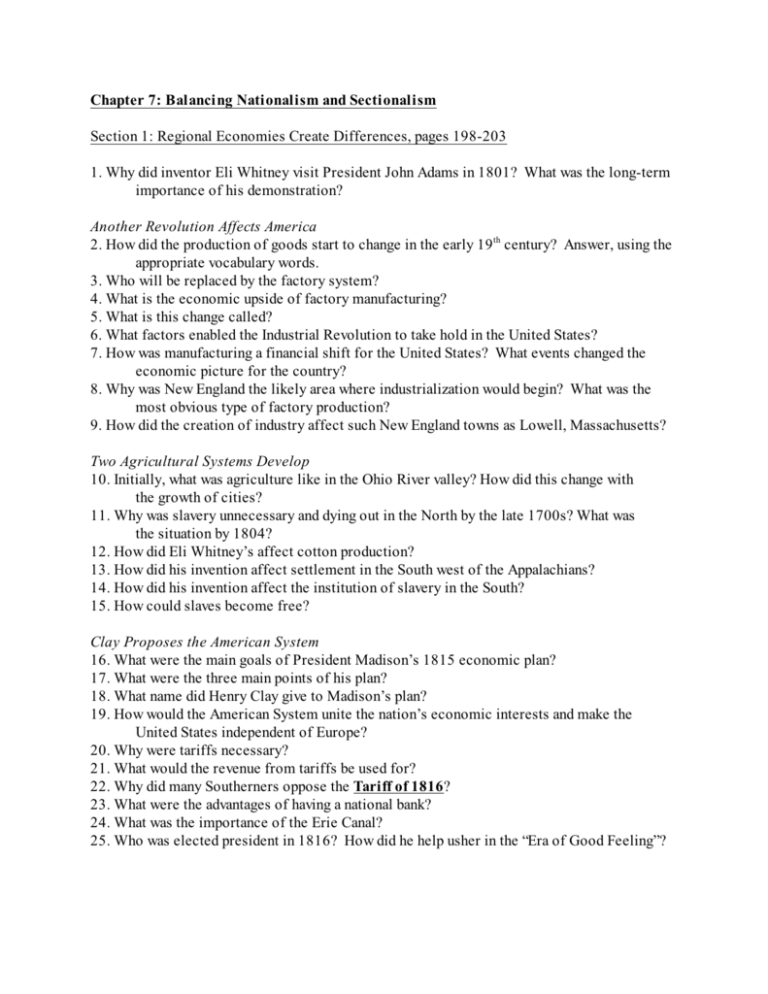
Chapter 7: Balancing Nationalism and Sectionalism Section 1: Regional Economies Create Differences, pages 198-203 1. Why did inventor Eli Whitney visit President John Adams in 1801? What was the long-term importance of his demonstration? Another Revolution Affects America 2. How did the production of goods start to change in the early 19 th century? Answer, using the appropriate vocabulary words. 3. Who will be replaced by the factory system? 4. What is the economic upside of factory manufacturing? 5. What is this change called? 6. What factors enabled the Industrial Revolution to take hold in the United States? 7. How was manufacturing a financial shift for the United States? What events changed the economic picture for the country? 8. Why was New England the likely area where industrialization would begin? What was the most obvious type of factory production? 9. How did the creation of industry affect such New England towns as Lowell, Massachusetts? Two Agricultural Systems Develop 10. Initially, what was agriculture like in the Ohio River valley? How did this change with the growth of cities? 11. Why was slavery unnecessary and dying out in the North by the late 1700s? What was the situation by 1804? 12. How did Eli Whitney’s affect cotton production? 13. How did his invention affect settlement in the South west of the Appalachians? 14. How did his invention affect the institution of slavery in the South? 15. How could slaves become free? Clay Proposes the American System 16. What were the main goals of President Madison’s 1815 economic plan? 17. What were the three main points of his plan? 18. What name did Henry Clay give to Madison’s plan? 19. How would the American System unite the nation’s economic interests and make the United States independent of Europe? 20. Why were tariffs necessary? 21. What would the revenue from tariffs be used for? 22. Why did many Southerners oppose the Tariff of 1816? 23. What were the advantages of having a national bank? 24. What was the importance of the Erie Canal? 25. Who was elected president in 1816? How did he help usher in the “Era of Good Feeling”? Section 2: Nationalism at Center Stage, pages 204-208 1. What did Robert Fulton build in 1807? What was the importance of this invention? The Supreme Court Boosts National Power 2. What did Robert Fulton and Robert Livingston receive from the state of New York in 1808? How did they profit from this? 3. Who was Aaron Ogden? Who was Thomas Gibbons? Why did Ogden take Gibbons to court? 4. What was the ruling in the Supreme Court case of Gibbons v Ogden? What was the importance of this court ruling? 5. What other cases strengthened the power of the national government? Nationalism Shapes Foreign Policy 6. What policy did Secretary of State John Quincy Adams establish? What did this policy mean? 7. In addition to the negotiations with Great Britain that we learned about in chapter 6, what treaty was arranged with Spain? Explain the terms of the treaty. 8. What European countries were stirring up problems in the New World? Explain. 9. Explain the terms of the Monroe Doctrine. Nationalism Pushes America West 10. Why did Americans choose to move west? 11. What controversial issue affected the admission of Missouri into the Union as a state? Explain the problem. 12. Explain how the Missouri Compromise temporarily resolved the problem.
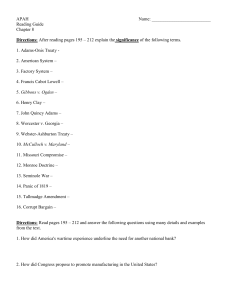
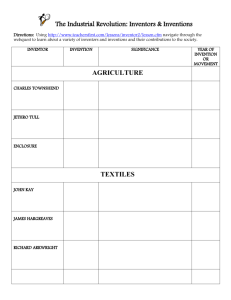
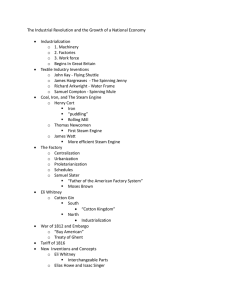
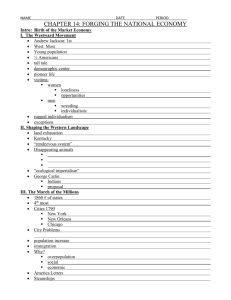
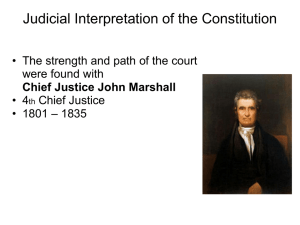
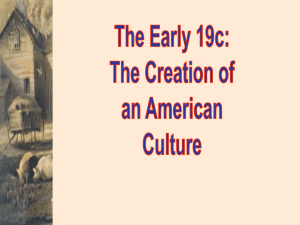
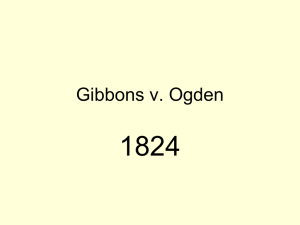
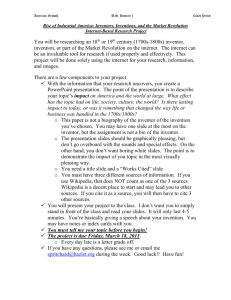
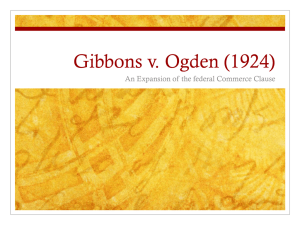
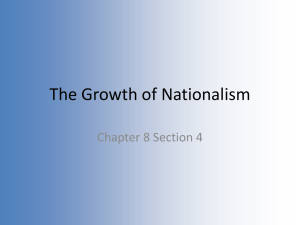
![“The Progress of invention is really a threat [to monarchy]. Whenever](http://s2.studylib.net/store/data/005328855_1-dcf2226918c1b7efad661cb19485529d-300x300.png)
